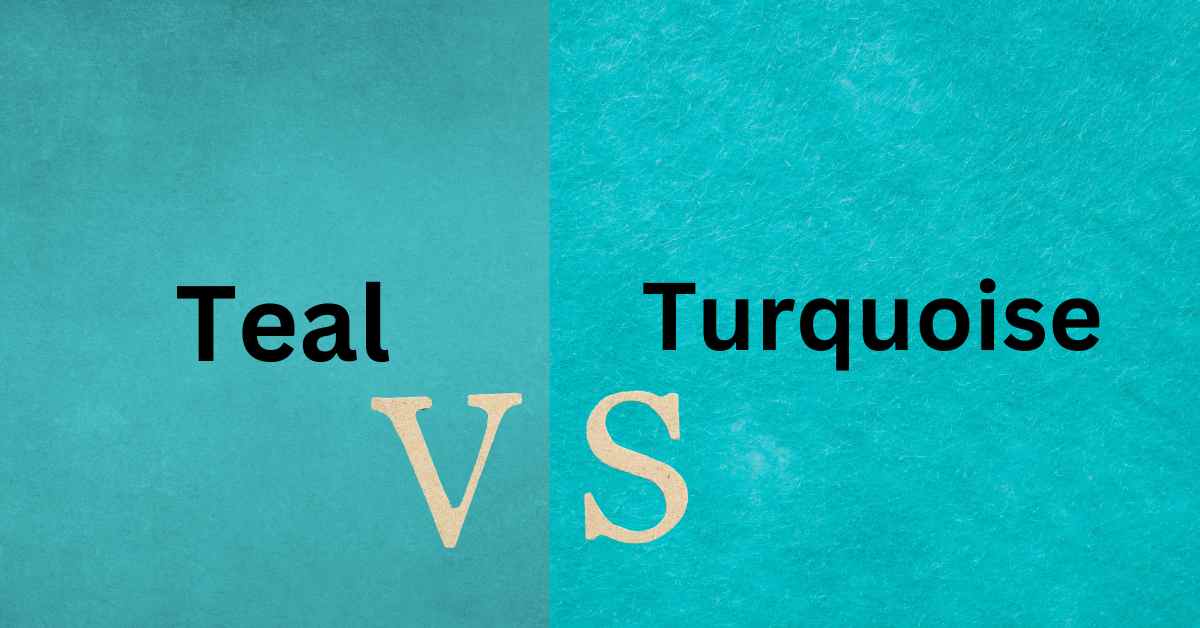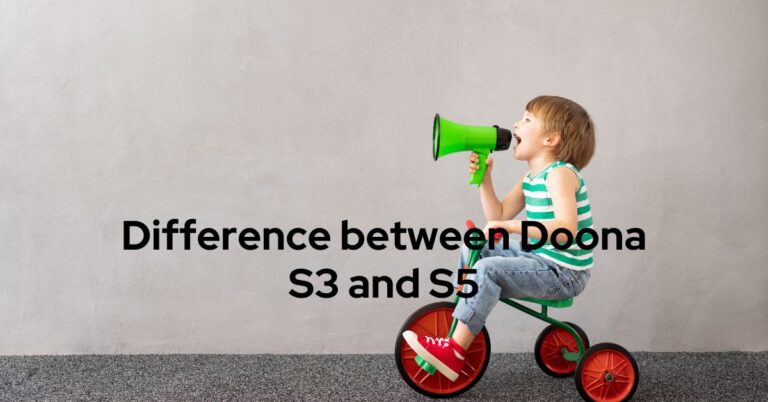Two similar looking colors, the difference between teal and turquoise is indeed very subtle that many are not aware of. While they both have a greenish hue, teal exhibits a darker shade of green contrary to turquoise which has a lighter yellow hint to it.
Read more to know about the two colors.
What is Teal?
A beautiful color named after the bird Eurasian teal, Teal is a color that comes under the cyan category. Having a darker shade to it, the color has low saturation and seems quite tranquil when compared to other cyan-related colors.
Curated from the combination of nature green and royal blue, teal has a bluish shade to it and is often available in either teal blue or teal green shades. This is based upon the color composition and while they may seem different initially, at a closer shot can be beneficial in finding their similarities.
What is Turquoise?
Now coming to Turquoise, this is a relatively brighter color given its yellowish hue. While the color is made up of a fine composition of blue and green pigments, there must be a dash of yellow in it to create this color.
Often considered to be a holy stone, turquoise is very rare to find and is often linked to calmness and peace of mind. This has also led to the popular belief that a proper use of the turquoise gemstones can attract success, prosperity, wealth, and even get rid of any negative energies that may have latched on to an individual.
What is the difference between Teal and Turquoise?
As discussed previously, even though both the colors appear to be greenish-blue, there are a few subtle factors that create the difference between Teal and Turquoise. These include:
Shade Variation
The first differentiating factor is the shade variation. While Teal comes in a dark greenish-blue color with greater inclination towards green, turquoise exhibits a brighter shade of the blue-green color with hints of yellowish hue. Similarly, teal has lower saturation while turquoise has relatively darker saturation.
Origin
Named after the Eurasian Teal, the color name was officially recognised as ‘Teal’ in the year 1917. Before that it was generally regarded as the cyan color, however after thorough analysis and comparison, the name was given based on the bird’s colored stripe on its head.
Alternatively, turquoise got its name from the gemstone of the same name. Originally a French word, Turquois means ‘Turkish’ and was named such to commemorate its origin and transportation to Europe from Turkey.
Color Composition
The color composition of teal includes:
0 percent red, 50.2 percent green, and 50.2 percent blue
At the same time, the color composition of turquoise includes:
18.8 percent red, 83.5 percent green, and 78.4 percent blue
Cultural Importance
According to various cultures, Teal is a color that represents calmness and tranquility, whereas Turquoise is often considered as a carrier of good fortune. Many ancient scrolls and books have referred to the use of these two colors for various things.
For instance, teal is best preferred by meditators, unlike turquoise which is predominantly used to ward off negative energies.
Here is a detailed tabular form of the difference between teal and turquoise.
| FACTORS | TEAL | TURQUOISE |
| Color | Greenish-blue color | Blue-to-green color |
| Hue | Dark | Light |
| Saturation | Low | Relatively dark |
| Gender | Neutral | Mostly for Females |
| Hexadecimal Code | #008080 | #40E0D0 |
| Name Origin | Derived from the colorful stripe on the Eurasian Teal | Comes from the gemstone of the same name |
| Cultural Importance | Used for deep meditative practices, instigating calmness and tranquil state of mind | Used to ward off negative energies and attract positive vibes, success and prosperity |
| Complementary Colors | Maroon and Dark Orange | Tangerine and Coral |
| Importance in Astrology | For spiritual awakening | For protection and growth |
Final Thoughts
Exceptionally beautiful and unique, Teal and Turquoise are two rare, unique colors. However, no matter how similar they may seem initially, certain subtle differences make them apart and more intriguing than the other.
You may also like:







